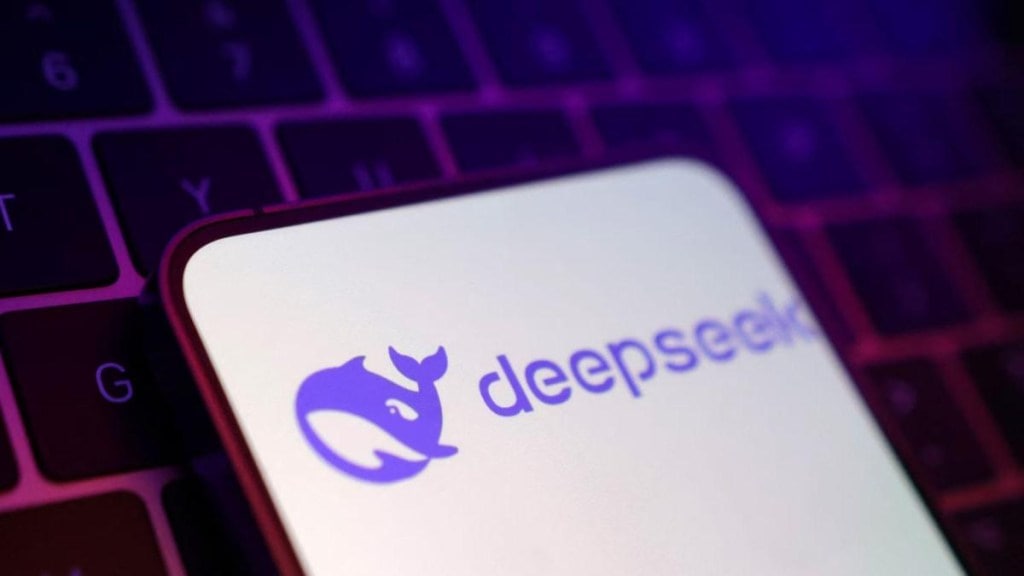DeepSeek’s rapid rise is set to disrupt the AI terrain, positioning itself as a strong competitor to established players like ChatGPT and Gemini. Built as a ‘side project’ by a Chinese hedge fund High Flyer founded by Liang Wenfeng, what has stunned AI researchers and experts is that the large language model (LLM) was made at about $5.6 million over just two months. Its pricing strategy, expected to be 20-40% cheaper than OpenAI, could democratise AI access, driving innovation and growth in sectors where cost has traditionally been a barrier.
Given its massive talent pool, growing tech ecosystem, and a government actively pursuing innovation in AI, can India capitalise on the opportunities? According to Ganesh Natarajan, chairman of 5F World & Honeywell Automation India, the launch of DeepSeek underlines the reality that high investment projects are not the only route to the creation of nimble and high impact AI models for the world. “The message for product innovators and application developers in India is simple – deep thinking on application and system AI solutions must commence and development through asset light models of open solutions will enable India to create and dominate this opportunity space” he adds.
The momentum behind DeepSeek-R1, its open-source model, is particularly significant. Research from the Linux Foundation shows that 41% of organisations prefer open-source generative AI technologies for fostering collaboration, innovation, and integration. Gartner also predicts that by 2028, over 50% of enterprises will abandon efforts to build large AI models due to high costs and complexity. “DeepSeek’s cost-effective model could address these challenges and facilitate widespread enterprise adoption,” says Neeraj Nayan Abhayankar, vice-president, Data & AI, R Systems.
Beyond technological innovation, DeepSeek signals a shift toward democratised AI development. By lowering entry barriers and offering more accessible solutions, it challenges the dominance of proprietary systems. This aligns with the growing demand for neutral governance and inclusive AI development, ensuring broader participation in technological advancements. DeepSeek could lead this transformation, making AI more accessible and fostering global collaboration.
While the West is worried, India should be elated by this development, feels Jaspreet Bindra, founder, AI&Beyonds. “If we can create an India-context foundation or frontier model at the kind of investment that DeepSeek did, the whole question of whether India should create its own LLM is now moot,” he says. In his opinion, the National AI Mission should look at India now creating multiple foundation models for different use cases and contexts, unfettered by availability of money, compute or talent. “It is great news for developers in India too, as this could mean a substantial reduction in costs for them to develop great innovations on top of the frontier models. We need to grasp the opportunity that this development has presented to us,” he points out.
For India, DeepSeek offers valuable lessons. Abhayankar says that by focusing on affordability, scalability, and collaboration, India can accelerate its AI journey, investing in research, strengthening industry-academia partnerships, and developing indigenous AI capabilities. This approach would reduce reliance on external technologies while positioning India as a leader in responsible AI development. Prioritising AI ethics and governance will ensure sustainable, globally aligned AI initiatives.
According to Ankur Dhawan, the chief product and technology officer at upGrad, Deepseek R1’s arrival on the GenAI scene will drive organisations to explore many more use cases in the business that were considered unviable due to the high cost of existing paid reasoning models. The Indian AI revolution is currently centered around using available LLMs and creating applications around it with minimal efforts in building foundational models. With China showcasing its might in foundational models through the Deepseek model, the Indian government should prioritise investing in building foundational models for Indian use cases and Indian languages.
“Providing funding to startups for developing these models and establishing GPU-powered data centres are also critical. Another reason, why accelerating India’s AI mission is necessary – it will not only encourage faster innovation in the country but also reduce dependency on foreign models – it’s time for India to be a creator economy versus outsourcing or dependent economy,” he adds.
Sajan John, the senior director of technology at Publicis Sapient, concurs that the open-source nature of DeepSeek’s R1 model has far-reaching implications. By democratising access to advanced AI, it empowers startups, researchers, and academic institutions to innovate without the constraints of licensing fees or exorbitant computational costs. This could accelerate the development of sophisticated AI solutions for sectors like healthcare and education, especially in emerging markets like India. “Indian startups and venture capitalists are likely to seize this opportunity to build specialised AI models tailored to unique and locally relevant business problems. This could lead to a surge of innovative AI applications across various industries,” he adds.









